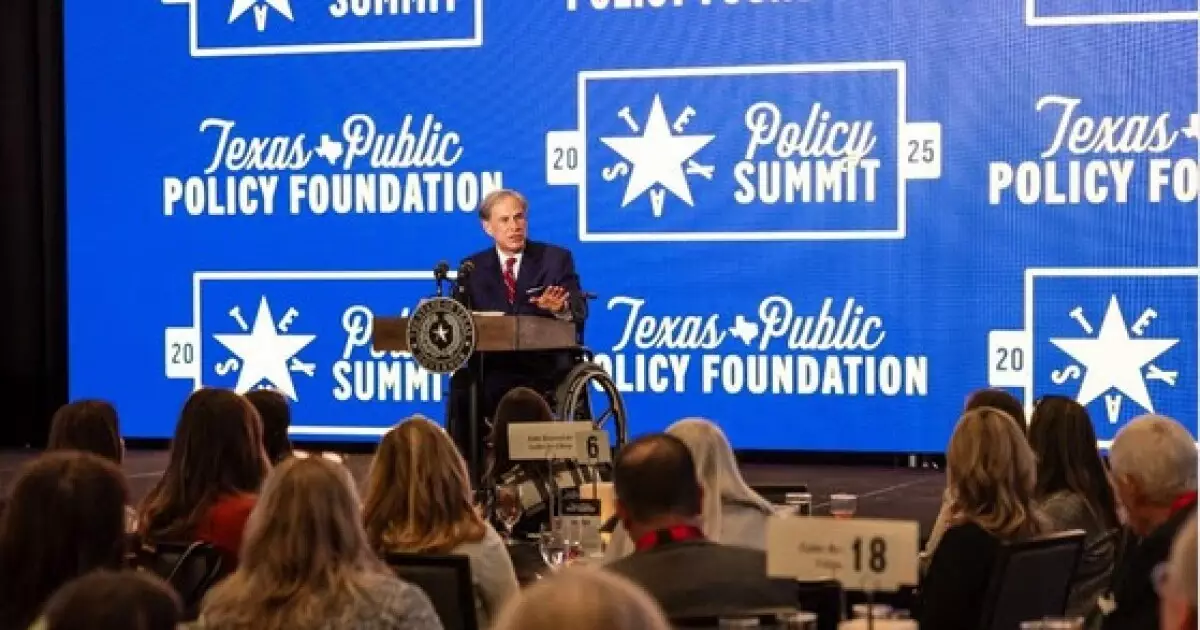In Texas, the educational landscape is grappling with a significant financial plight. A recent analysis by Moody’s Ratings has drawn attention to the stagnation in state funding coupled with ever-increasing costs. This produces a concerning environment for Texas school districts, which are struggling to maintain their operational capabilities under mounting fiscal pressures. While inflation continues to exert its influence and pandemic-era federal aid has come to an end, the base allotment of funding per student from the state has remained static at $6,160 since 2019. Such persistent stagnation presents profound challenges for educational administrations trying to balance their budgets and fulfill their core mission of providing quality education.
State lawmakers’ reluctance to adjust the basic allotment signifies either a misunderstanding of the economic pressures faced by these districts or a deliberate choice to prioritize other funding avenues. The implications of stagnant funding extend beyond immediate budget issues; they could force districts to deplete their financial reserves or make substantial cuts in vital areas, such as teacher salaries and educational resources. Moody’s report aptly states that failing to address these funding challenges may lead to detrimental outcomes for the financial health of the districts, ultimately compromising the educational experiences of students.
Another layer of complexity emerges from the recent rejection by voters of 30 out of 52 propositions seeking property tax rate increases during the Nov. 5 ballots. This outcome serves to constrict the already limited financial flexibility of school districts. With local property taxes being a crucial component of funding for many educational institutions, the failure to pass these propositions places even more strain on district finances, forcing them to make tough decisions about budget priorities. Crucial initiatives such as raising teacher salaries or upgrading security systems risk falling to the wayside late in an environment when they are needed most.
Additionally, the financial implications of relying solely on dwindling reserves can lead to long-term instability. District administrators are often caught between a rock and a hard place, having to choose between essential operational funding and the pressing need to maintain their credit reputations. This precarious balancing act could have generational effects on Texas’s commitment to public education.
Amid these challenges, Governor Greg Abbott has pledged to prioritize education funding in the upcoming legislative session, using a narrative that casts average public school funding in a positive light. While it’s accurate to assert that per-student funding has reached an all-time high of over $15,000 when accounting for various sources of funding, it is crucial to dissect where this money originates and how effectively it addresses the needs of the schools themselves. The governor’s comments about funding high salaries for teachers must be met with skepticism; the insistent focus on raising the average obscures the reality of stagnant base funding that has not budged in years.
Moreover, Abbott’s proposals to tighten the voter approval requirement for property tax hikes, mandating a two-thirds majority, may further exacerbate financial troubles. Such regulatory barriers could stymie local governance’s ability to react flexibly to the educational funding crisis and remain responsive to the financial needs of their districts.
Looking into the near future, concerns voiced by S&P Global Ratings highlight the possibility of credit deterioration for Texas public schools in the upcoming fiscal years unless decisive action is taken to adjust funding structures. An urgent reevaluation of the basic aid funding framework is necessary, especially as inflation continues to strain operational costs. Authorities must engage in a critical conversation about sustainable funding mechanisms that can alleviate the burdens faced by school districts, rather than deferring difficult financial conversations.
To forge a more viable future for public education in Texas, collaboration between state officials, local administrators, and the community is essential. The voices of educators, parents, and students must be amplified in discussions about funding reform to ensure that all stakeholders are invested in creating an educational framework that not only survives but thrives in an increasingly challenging financial landscape. Ultimately, without a manageable and adaptive financial model in place, the foundational promise of educational equity and excellence for all Texas students risks being compromised.

